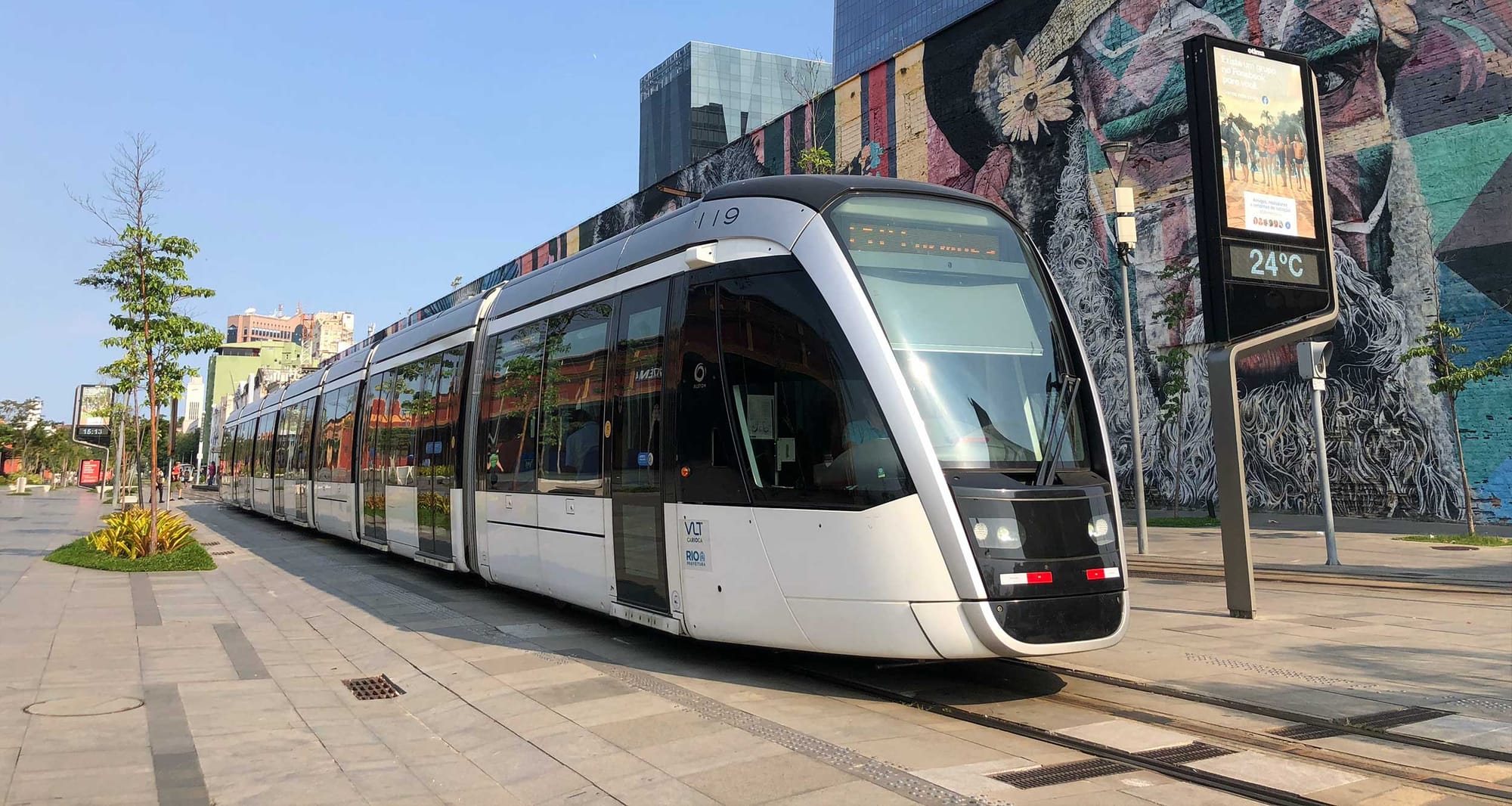
The public transportation system in Rio de Janeiro consists of metro trains, on-street trams and buses. The city’s transport system is more wheelchair-friendly than many others in South America, but there are still significant challenges. For wheelchair users, riding public transport is effectively free (more details below), which is a cost savings over wheelchair taxis in Rio de Janeiro. Use this guide to plan your accessible journeys on public transport in Rio.
Rio de Janeiro City Bus
Nearly all city buses in Rio de Janeiro are wheelchair accessible with wheelchair lift at the center, but not all of these lifts are properly maintained or operational. It seems as though they are rarely utilized.
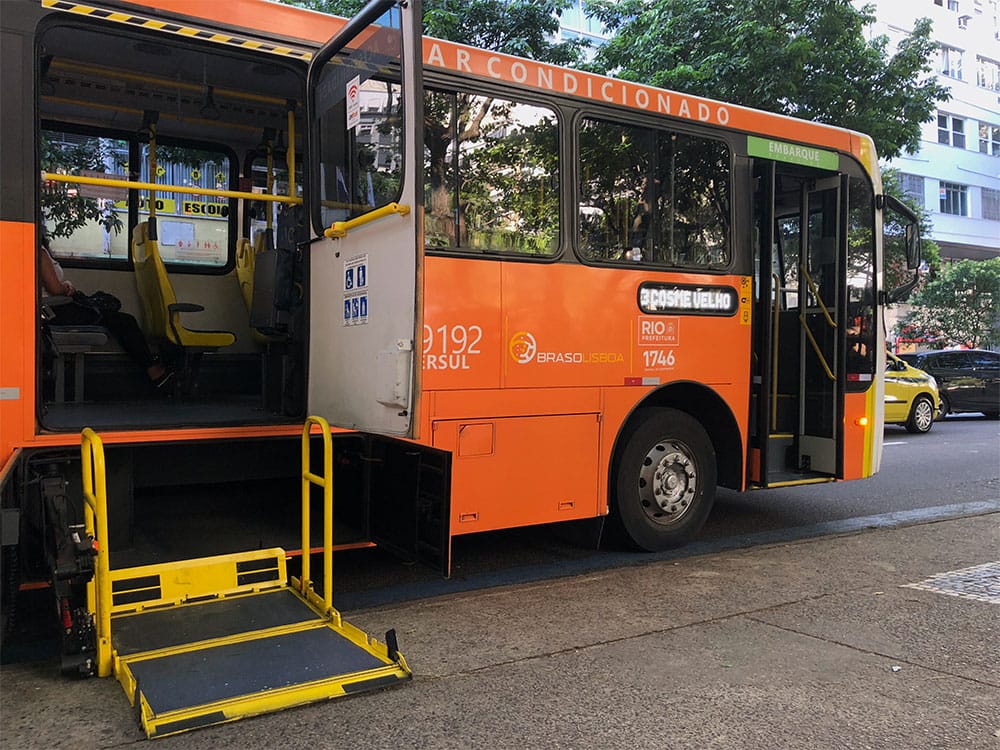
The electronic wheelchair lift extends from below the bus and is lowered to the curb. Drivers may not be familiar with operating the lifts due to their low rate of use. On a number of occasions, for whatever reason, the lift would not move electronically, and the driver had to manually crank the lift. They were always willing to do so if necessary. Few drivers were able to speak or understand any amount of English.
Bus stops are well-marked, and Google Maps provided fairly accurate directions. Wheelchair users are not expected to pay to ride the bus, but able-bodied riders must pay with the reloadable Rio Card (described below) or with cash.
Although riding the bus was possible, I would try to avoid it unless absolutely necessary. The metro and tram lines were much easier to use.
Rio de Janeiro Metro / Subway
The Rio de Janeiro metro dates to 1979 and consists of three underground lines, numbered 1, 2 and 4. There are 41 total stations on the system.
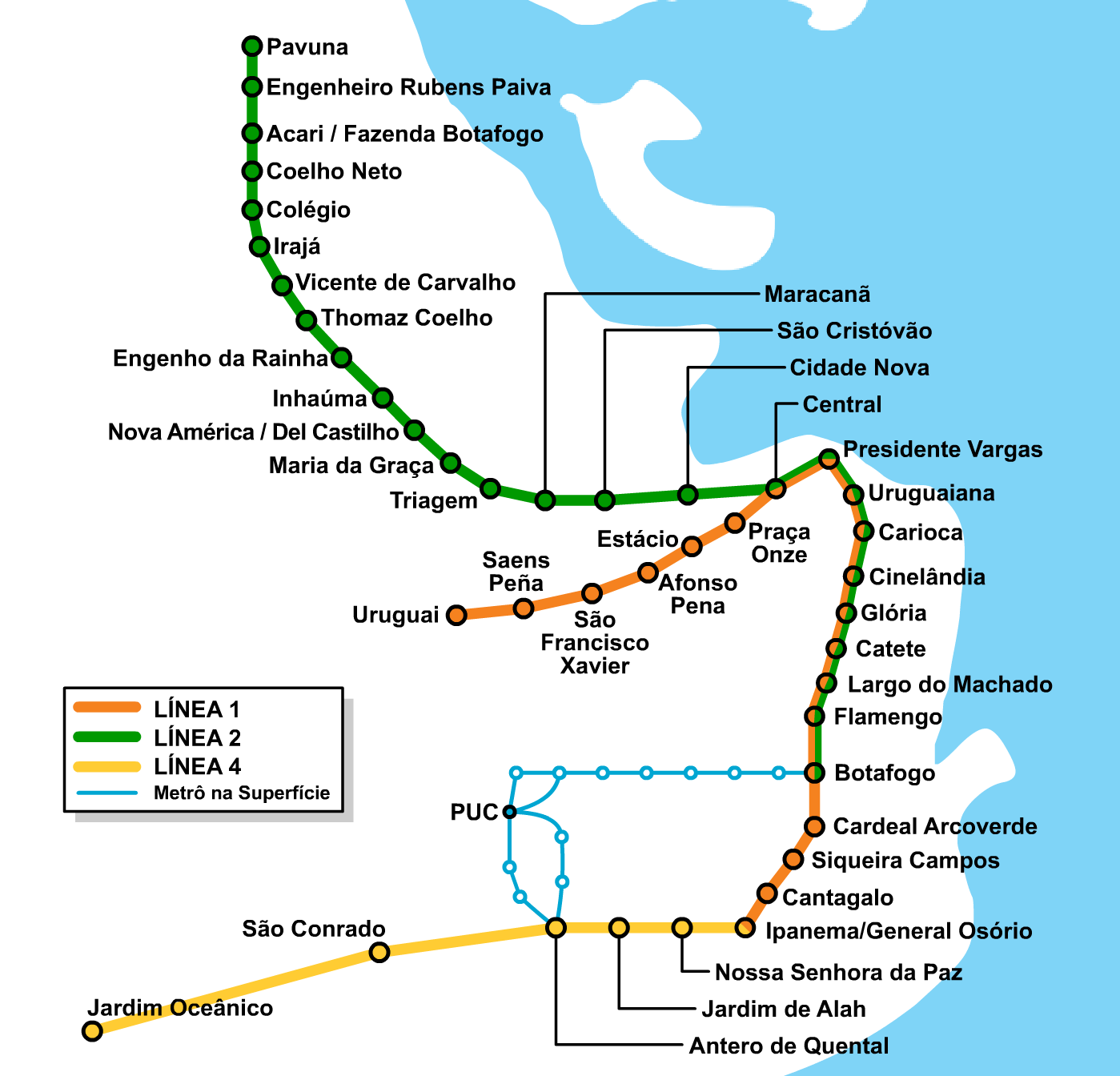
The subway system is wheelchair accessible, with lifts from street level to the ticketing concourse, and from the concourse down to the station level. Signs posted at each station provide information about the location of the accessible entrance(s), as shown in the photo below.
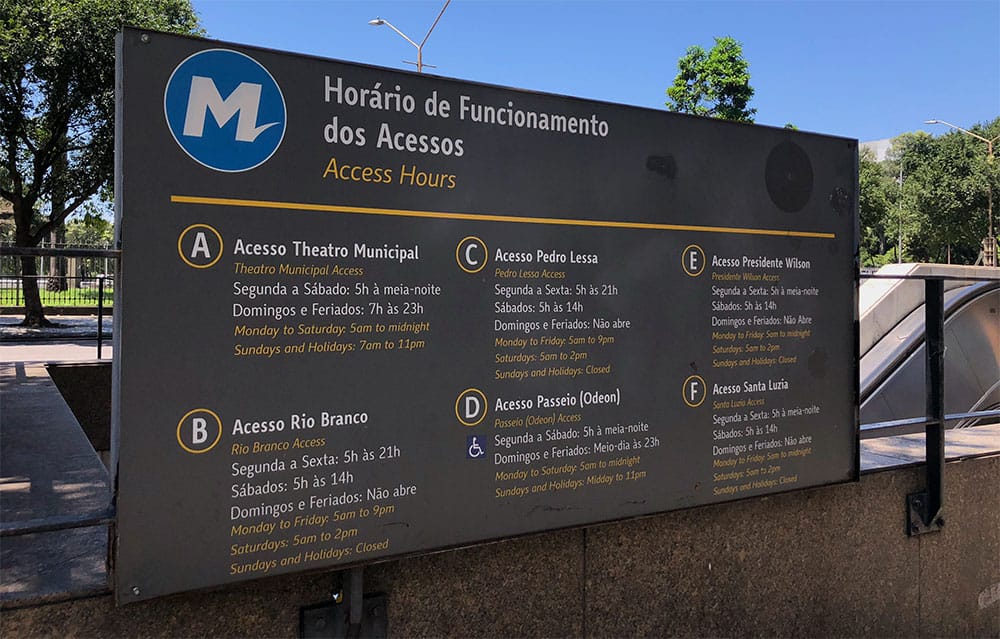
Some entrances are closed on the weekends, or do not maintain the same hours as other entrances at the same station. On a Sunday, while trying to access the Cinelândia Station at 10:30 a.m., I found the only accessible entrance to be closed. The sign said that it did not open until “midday,” despite the fact that an inaccessible entrance was open from 7 a.m. Fortunately, I found someone who was able to alert the staff, and the elevator was opened for me.
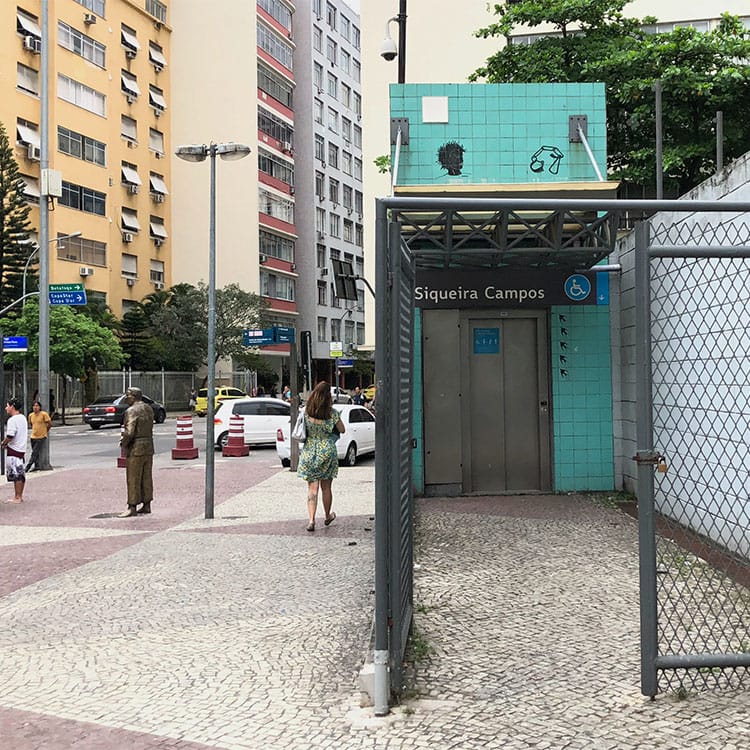
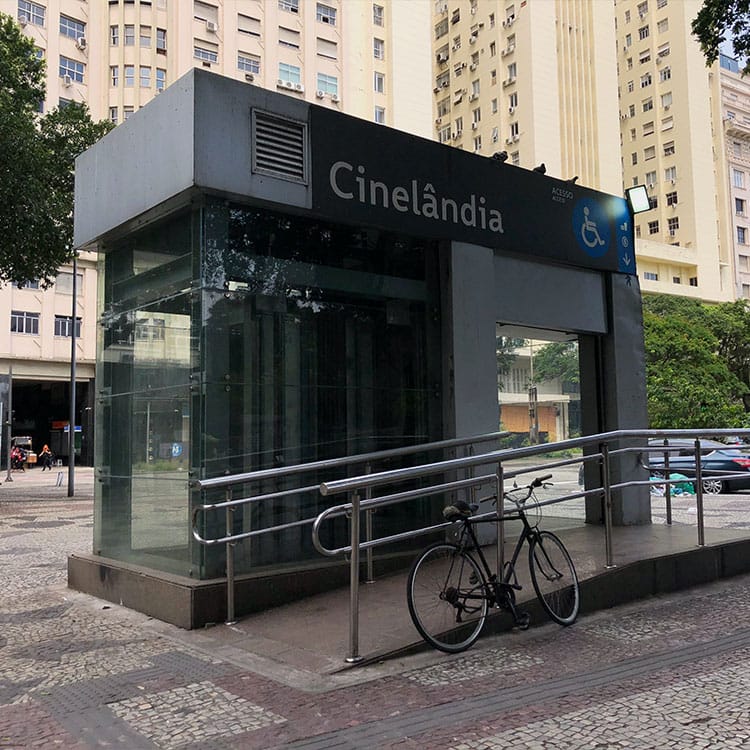
Station elevators like those pictured above are fairly easy to spot. Just look for the international symbol of access — the blue wheelchair sign.
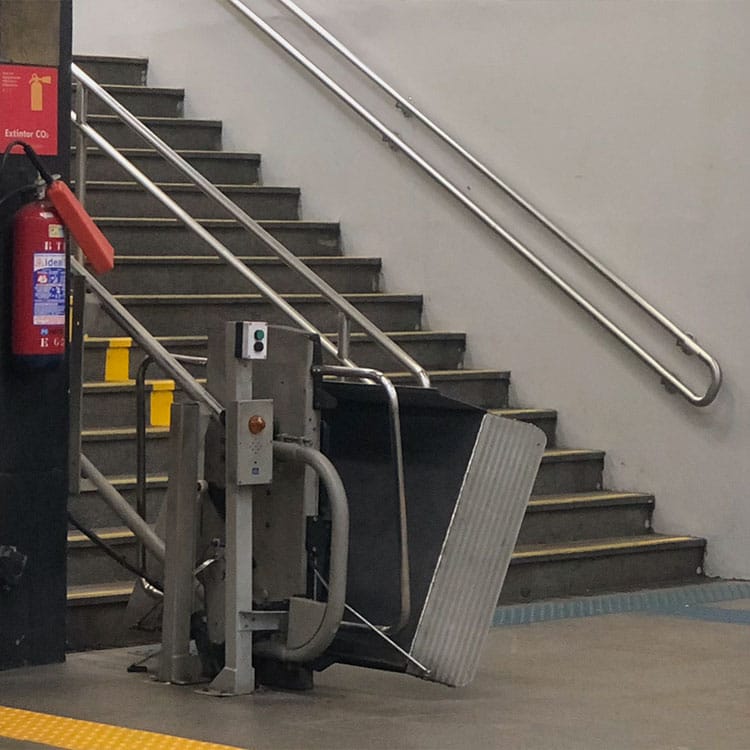
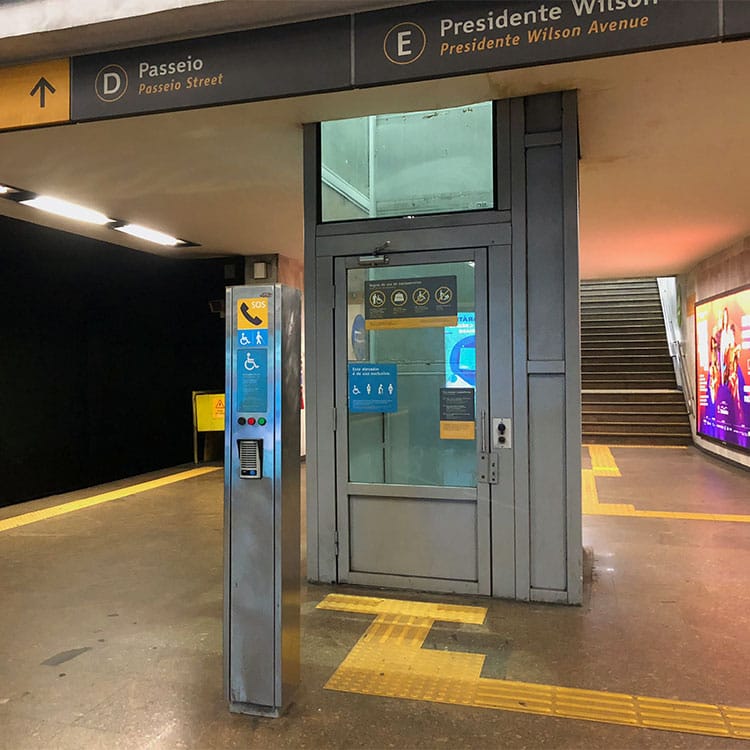
Lifts do not always look the same, and some stations are accessible only via a stair lift, which must be operated by a member of station staff. I was able to find an elevator at most stations I needed to use, however.
Metro Train Cars – Boarding & Accessibility
The gap between trains and station platforms is minimal, but the measurement of the step up varies between stations. Many were level, but the train was 1-3 inches higher than the platforms at some stations.
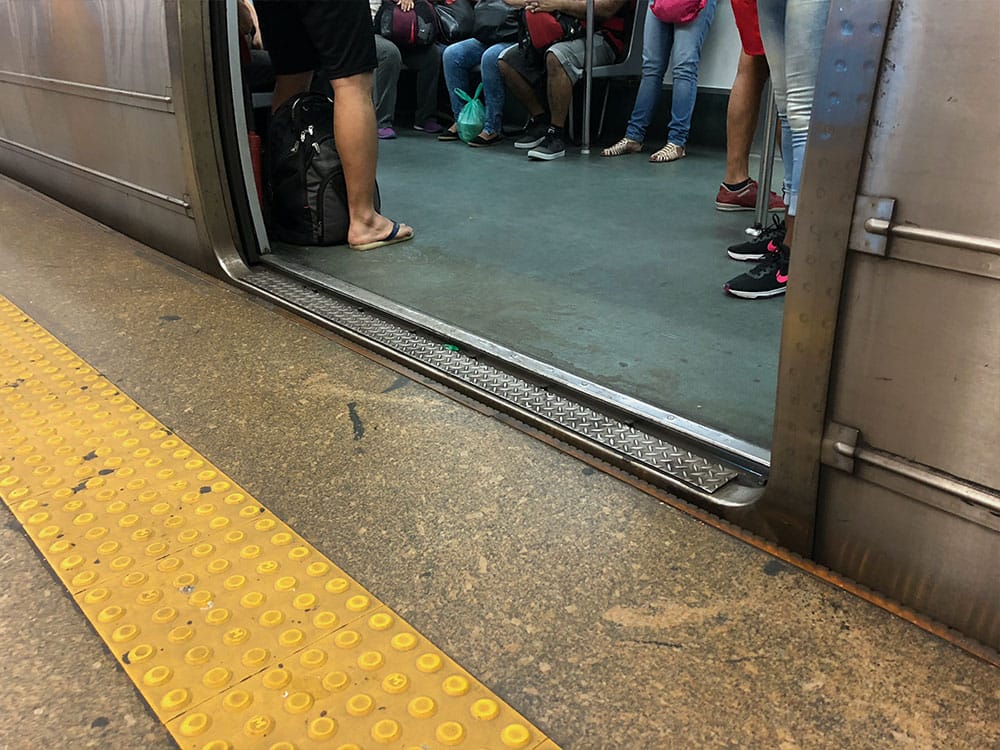
My power wheelchair had no issues overcoming the height difference, but small-wheeled scooters may not be able to without assistance. I boarded in the front car, which had space for a wheelchair. Other riders standing in the space rarely made way, so I parked wherever I could get a spot.
Fares for Wheelchair Users on the Rio Metro
The electronic fare gates on the Rio de Janeiro Metro are not wide enough to accommodate a wheelchair, so staff must open a wider (locked) access point. No fares are collected, and wheelchair users are not expected to pay to ride the metro.
Rio de Janeiro VLT / Light Rail / Tram
The Rio de Janeiro VLT is a modern light rail system that is wheelchair accessible at each of its 42 stations. The VLT began operation in 2016 and now has three lines, numbered L1, L2 and L3.
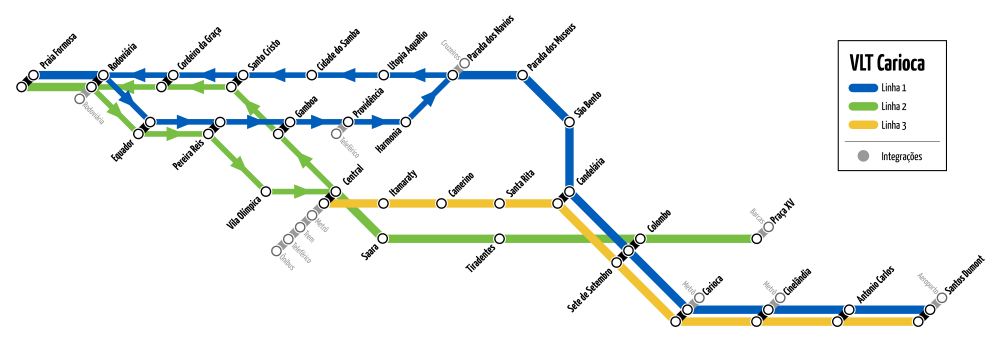
The VLT is an accessibility dream, with all stations being accessible at street level. There are ramps at each end of the station for wheelchair access.
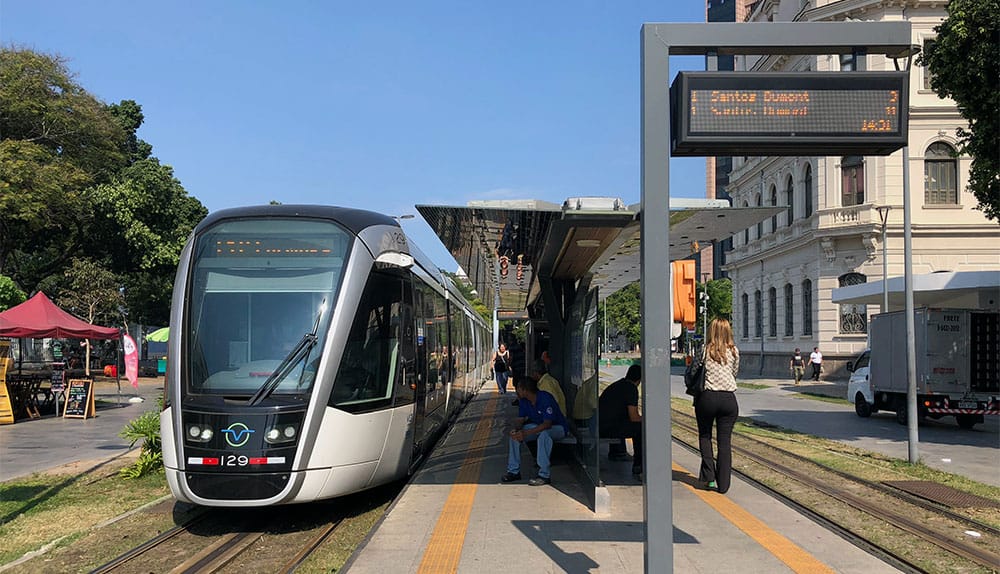
Like the metro, VLT stations have electronic signage to display the next arrivals. Boarding the train is easy, and there is no gap between the station platform and tram. The trams sat about 1 inch higher than the platform, but this was easy to manage.
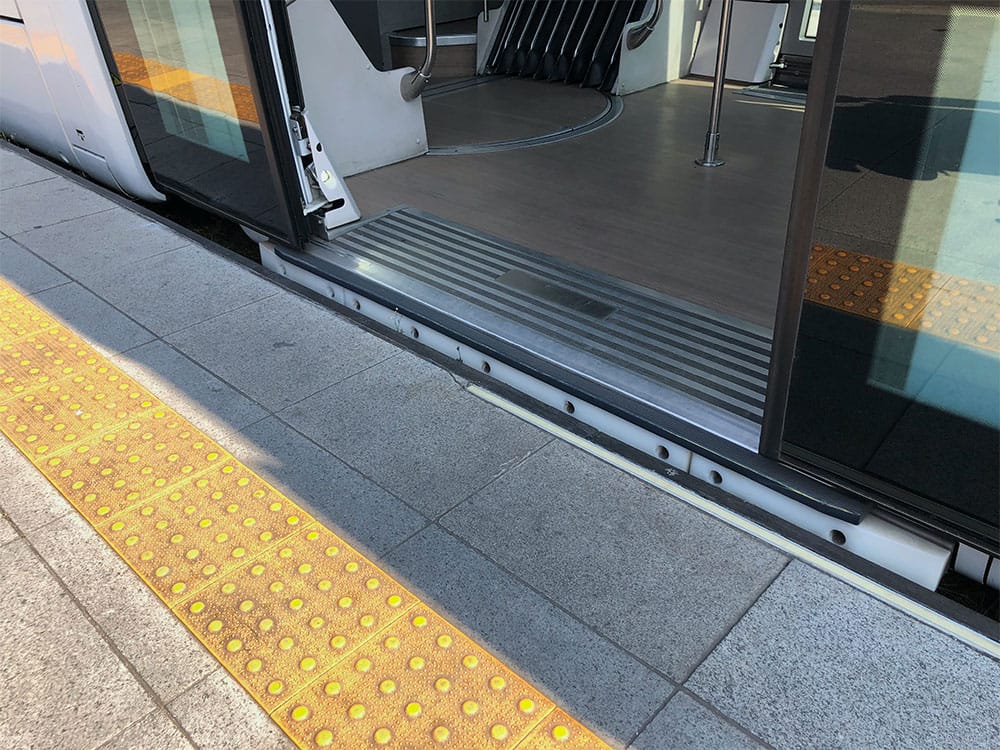
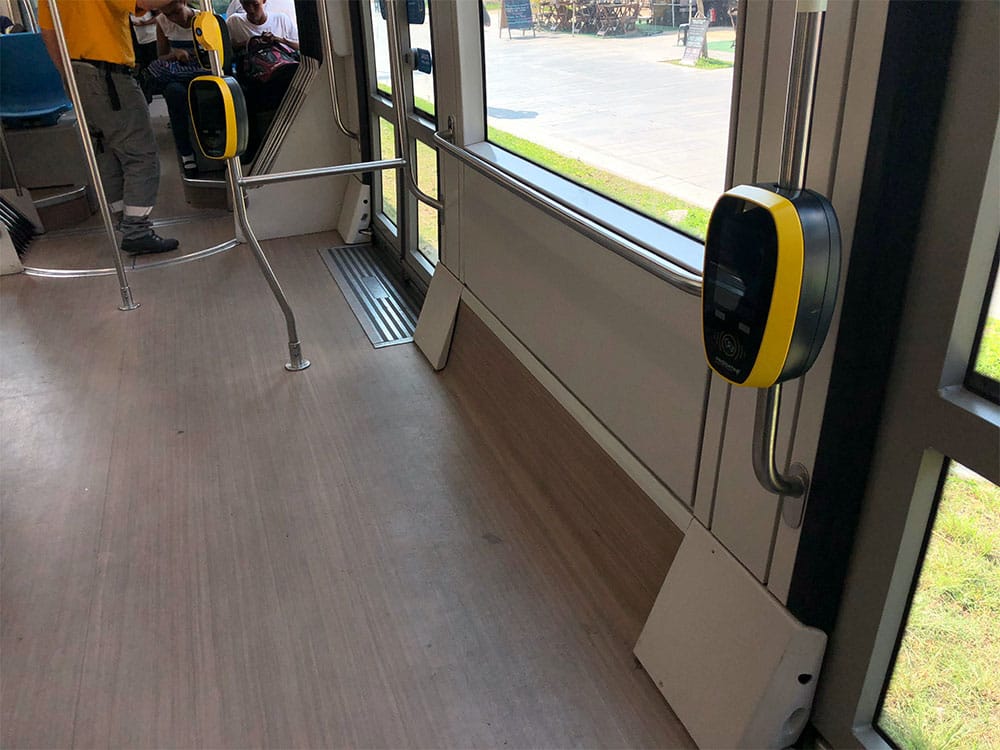
Each light rail car had a dedicated space for wheelchair users. During periods of high ridership, when the trams are standing-room only, the space may be difficult to access.
Fares for the VLT are collected onboard, and each train has a fare enforcement officer. As I understand it, wheelchair users should not have to pay to ride, but the fare enforcement officer always asked for my card. Fortunately, I had purchased a reloadable Rio Card (I collect transit cards), and presented that. No fare was deducted from my card, so I remain confused as to why they asked for it.
Fares & Payment
Public transport fares in Rio de Janeiro range from R$3.80 to R$8.55 (~$1 to $2 USD), depending on the service or combination of services that are used. Payment of fares is done with cash (except on the VLT), or with the tap of a reloadable RioCard.
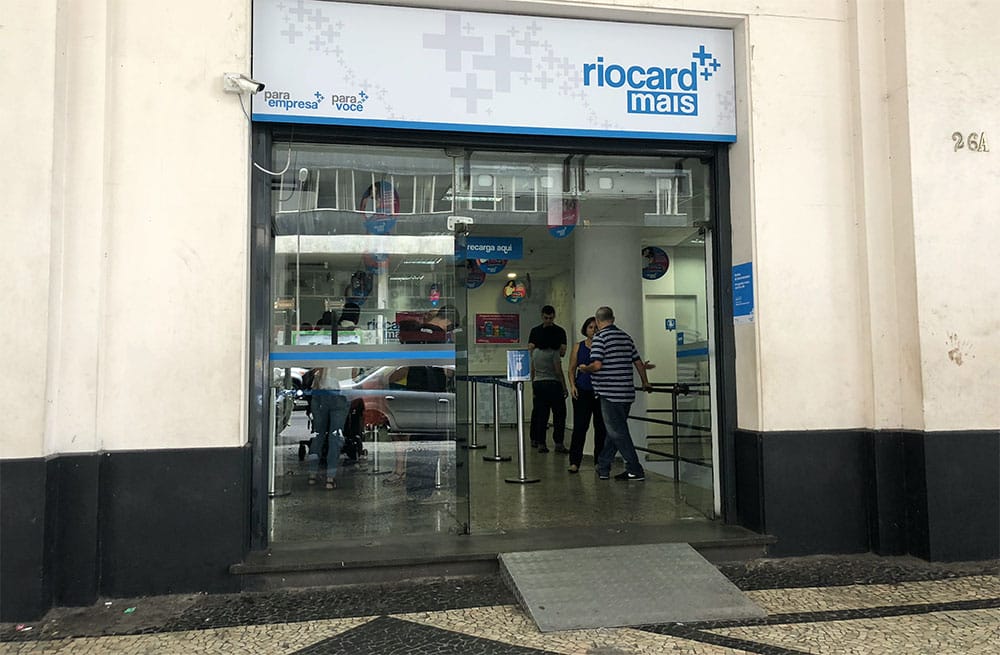
Reloadable RioCard
The Rio Card is sold at a number of card offices throughout the city. Search “RioCard” in Google Maps to find the one closest to you, or consult the list at www.cartariocard.com.br (Portuguese only). I purchased my card at the office on Av. Nilo Peçanha. The staff did not speak English, but I was able to communicate via Google Translate. The cost of the card is R$3, plus whatever amount it is loaded with. I put R$27 on my card, for a total purchase price of R$30.



